
Opening Thoughts
Today I want to share some small tips that I've practiced and greatly benefited from in daily life. Honestly, before developing these habits, I felt like I never had enough time, couldn't find things, and my home was always messy. But through continuous exploration and practice, I gradually found a set of life management methods that suited me. Not only did my efficiency improve, but my mood also became super pleasant. Every time I see my home neat and clean, I feel an inexplicable sense of achievement and satisfaction.
Life's troubles often come from those minor details. For example, being late because you can't find your keys, cables tangled together that won't untangle, expired ingredients in the refrigerator without knowing, and the kitchen that can never be tidied up - these seemingly trivial matters add up and can make our lives a mess. However, once you master the right methods, these problems can be easily solved.
Key Management
Do you often frantically search for your keys before leaving home? Or face a bunch of similar-looking keys, unable to tell which is which? I encountered these troubles too. Later, I discovered a super practical trick - marking keys with nail polish.
I painted my house key blue, car key red, and storage room key green. This way, I know which key to use just by looking. Recently, I found that some friends use fluorescent nail polish, which is especially convenient for finding keys at night. Besides nail polish, I also gave each key different key rings, so I can distinguish the type of key by touch.
To make key management more systematic, I set up a key hook specifically at the entrance. This key hook isn't ordinary - it's the type with small storage compartments that can also hold some change and parking cards. Most importantly, it's right by the door, so the first thing to do when entering is to hang up the keys, and they're visible at a glance when leaving - no more lost keys.
I also developed a habit of immediately returning keys to their place after use. This habit sounds simple, but it takes strong self-discipline to really do it. At first, I would often casually place keys on the coffee table or dining table, but after a period of intentional training, it has become completely reflexive to hang them back immediately after use.
For managing spare keys, I also have a system. I keep all spare keys in a dedicated key box with detailed labels indicating the purpose of each key. This key box is kept in a fixed location at home, so it can be found immediately when needed. Sometimes when friends come to stay and need to borrow keys temporarily, with this spare key management system, there's no worry about forgetting to return borrowed keys.

Cable Organization
When it comes to the most headache-inducing home problems, cable management definitely ranks in the top three. Chargers, data cables, headphone wires - various cables tangled together is a nightmare. I now use bread clips to solve this problem, and the effect is surprisingly good.
Bundle similar types of cables together, secure them with bread clips, and write labels on the clips. For example, I'll write "computer accessories," "phone chargers," and so on. This not only keeps things organized but also makes finding things very quick. Since organizing this way, I no longer spend 20 minutes untangling cables.
Besides bread clips, I've also used some other storage tools to optimize cable management. For example, roll-up Velcro straps that can not only bundle cables neatly but also adjust the strap length according to cable length. For chargers and data cables that I often need to carry, I store them by category in transparent storage bags with labels, so when going out, I can just grab the corresponding storage bag.
On the desktop, I also installed a cable storage trough. This storage trough is fixed to the back of the desk and can store all cables, leaving out only the parts needed for use. This not only keeps the desktop looking neat but also prevents cables from running everywhere and collecting dust. The storage trough can also hold power strips, so all plugs can be centralized for easy management.
For cables that aren't frequently used but can't be thrown away, I use label paper to record their purposes and corresponding devices in detail, then categorize them in storage boxes. The storage boxes are kept in fixed positions in the storage cabinet, so they can be found immediately when needed. This management method may seem complex, but once established, it's actually very simple to maintain. The key is to develop the habit of storing items immediately after use.
I also discovered an interesting phenomenon: since I started seriously managing cables, I've become more cautious about buying new electronic products. Because I consider whether the product's cables are easy to store and whether they will increase storage complexity. This has inadvertently helped me save on impulse purchases.
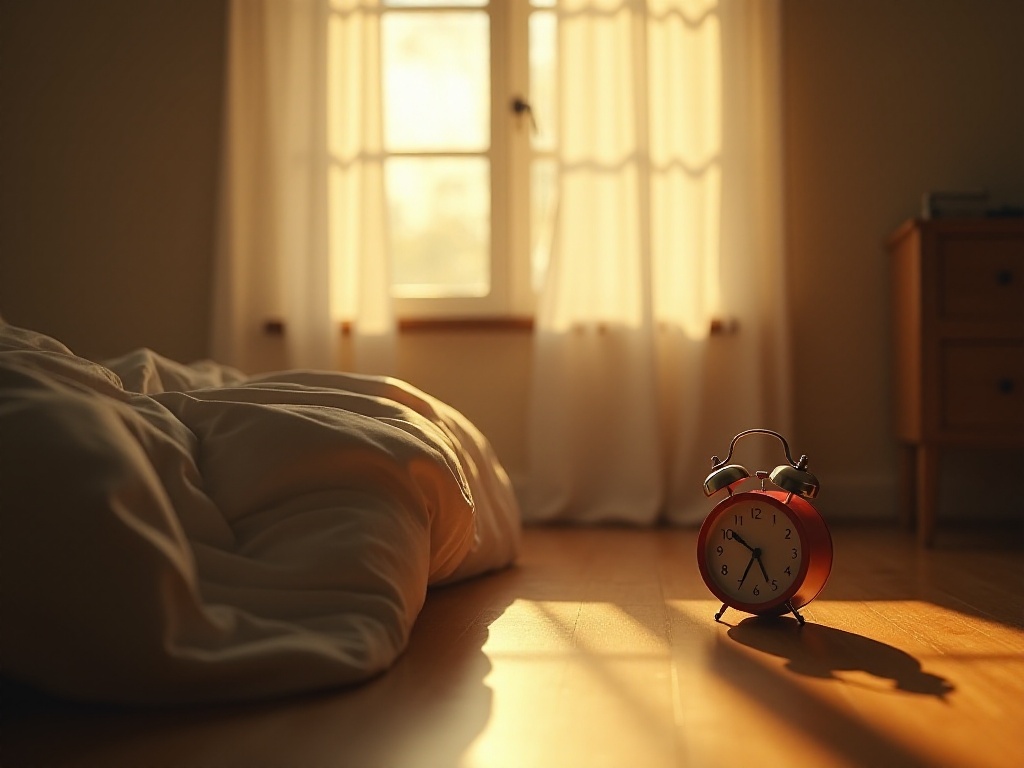
Refrigerator Revolution
Last year, during a major cleanup, I found several expired sauces in the refrigerator that had expired because they were pushed to the back and couldn't be seen. Later, I put a rotating tray in the refrigerator, and this change was amazing.
Now I put all condiments on the rotating tray, and when I want something, I just turn it to grab it. Nothing gets forgotten in corners anymore. I calculated that this storage method has reduced my food waste rate by at least 30%. The rotating tray isn't just suitable for condiments; it's especially good for small packaged foods like yogurt and jam.
To make refrigerator storage more scientific, I made many other improvements. First is zone storage - I use different colored storage boxes to distinguish different types of ingredients. Green for vegetables, blue for cooked food, red for raw meat, and yellow for fruits. This way, when opening the refrigerator, you can see at a glance where each type of ingredient is located.
On the storage boxes, I also put labels indicating the purchase date and shelf life of ingredients. For foods that have shortened shelf life after opening, I specially note the opening date. This way, I won't be afraid to eat something because I can't remember when it was opened. For convenient recording, I put a small whiteboard on the refrigerator door to record the status of ingredients at any time.
The storage space in the refrigerator has also been optimized. I bought some stackable storage boxes to fully utilize the vertical space in the refrigerator. In the freezer, I use sealed bags to store ingredients and mark the name and freezing date on the bags. Sealed bags save more space than storage containers and can have air squeezed out for better food preservation.
Every weekend, I do a thorough check and organization of the refrigerator. Put nearly expired ingredients in the most visible position as a reminder to use them first. For some leftover ingredients, I think of ways to use them together, which not only prevents waste but also sparks some new cooking inspiration.
Sometimes when I buy too many groceries, the refrigerator becomes particularly full. That's when the "first in, first out" principle comes in handy. New ingredients go in the back, moving previous ingredients forward. This ensures all ingredients are used in their best condition.
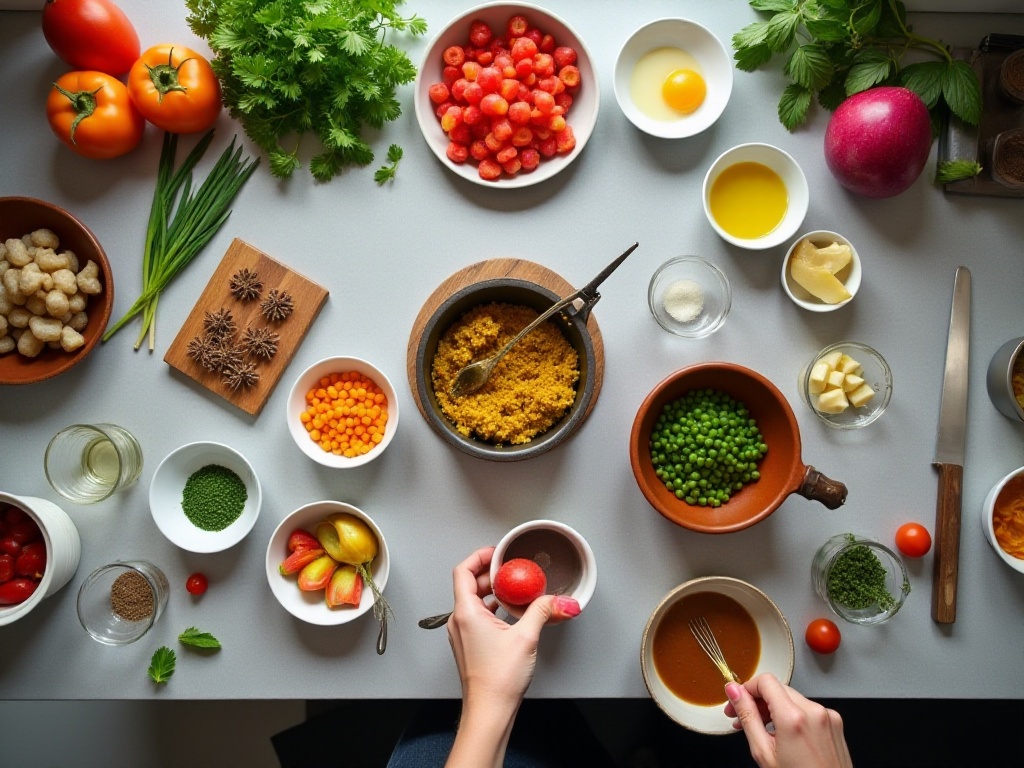
Kitchen Wisdom
Speaking of the kitchen, I must mention ingredient preservation. Previously, I always found that bought cheese would dry out quickly, until I learned to wrap cheese in parchment paper. This method both maintains the freshness of cheese and lets it breathe - now my cheese can last about a week longer.
Another particularly useful suggestion is "clean as you go." Now when cooking, I put used tools in the sink right away and wipe clean the counter surface. This way, after finishing cooking, it only takes 10 minutes to clean up the kitchen, and I no longer worry about facing a messy kitchen aftermath.
Speaking of kitchen storage, what I'm most proud of is how I organize seasonings. I've divided all seasonings into three categories based on frequency of use: daily used ones are placed on the seasoning rack next to the counter, frequently used but not daily ones are in the wall cabinet, and rarely used ones are in higher storage cabinets. Each seasoning is labeled with its name and purchase date.
I also have my own system for arranging kitchen utensils. Commonly used pots and pans are kept in drawers near the stove for easy access. Some special-purpose utensils, like steamers and pressure cookers, are stored in higher cabinets. I store knives on a magnetic knife rack, which is both safe and convenient, and looks particularly stylish.
To make kitchen operations smoother, I've also divided different functional areas. The washing area, prep area, cooking area, and plating area all have clear boundaries, with each area equipped with corresponding tools and equipment. For example, the prep area has cutting boards, knives, and a trash bin, while the cooking area has the stove plus racks for seasonings and cooking utensils.
I also have some tips for ingredient preparation. When I bring back vegetables and fruits, I do initial processing before storage. For example, washing and drying lettuce before putting it in preservation bags, peeling and cutting carrots into segments before putting them in sealed boxes - this makes them very convenient to use next time.
For some commonly used ingredients, I process them uniformly on weekends. For example, cutting green onions into sections and mincing ginger and garlic, storing them separately in small boxes in the refrigerator. This saves a lot of preparation time when cooking during the week. But note that these processed ingredients should be used within three days to ensure freshness.
Kitchen cleaning is also very important. I regularly clean the range hood filter, clear drains, and wipe cabinet doors. After each cooking session, make sure all countertops are wiped clean and the floor is mopped. Keeping the kitchen clean isn't just for hygiene; it's also to make the next cooking session more pleasant.

Equipment Maintenance
Speaking of electronic device maintenance, I have a secret that extends device life by 50% - using microfiber cloths for cleaning. Regular cloths might scratch screens, while microfiber cloths are both safe and efficient. I now wipe my phone and laptop with it weekly - not only is the cleaning effect good, but the devices also look like new.
Besides regular cleaning, I pay special attention to the device usage environment. Laptops are placed on dedicated cooling stands to ensure good ventilation and prevent overheating. Phones and tablets all have protective cases and tempered glass screens - these small investments make devices more durable.
I'm also particular about charging. I try to avoid charging devices when battery levels are too low, generally starting to charge around 20% and unplugging at around 80%. This extends battery life. Additionally, I regularly check if various ports and buttons are working normally and address problems promptly.
Data backup is also an important part of device maintenance. All my important files are saved both on local hard drives and in the cloud. Photos and videos on my phone are organized monthly, with important ones transferred to computer storage and unimportant ones deleted promptly, preventing storage space shortages.
For older devices, I regularly clean system junk and unnecessary software to keep the system running smoothly. If I notice obvious performance decline, I consider whether to upgrade or replace parts, like adding memory or switching to an SSD for laptops.
I'm also thoughtful about workspace arrangement. Monitor height should be appropriate, keyboards and mice should have wrist rests - all these are for body protection. The desk also has an adjustable brightness desk lamp that can adjust lighting according to different times to protect eyes.
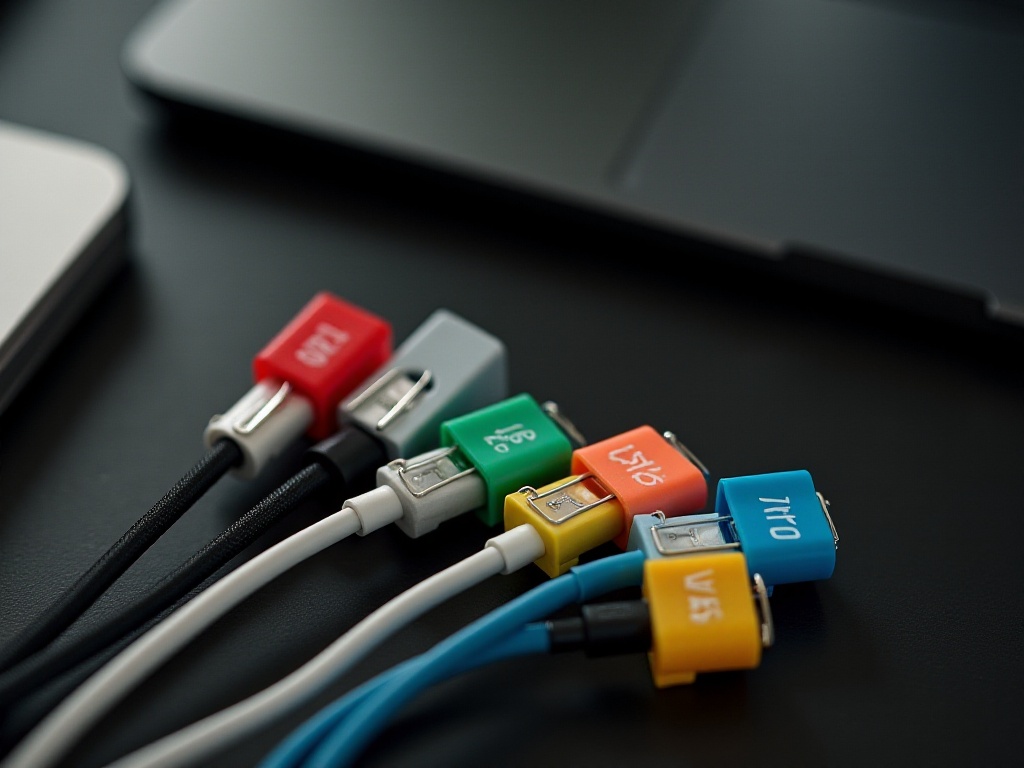
Time Management
Finally, I'll share my most useful time management tip. I now prepare everything I need for the next day before bed, including clothes and items in my bag. This habit has helped me reduce morning preparation time from 40 minutes to 15 minutes.
Besides preparing items, I also plan the next day's schedule every evening. I record important meetings and appointments in my phone calendar and set reminders. For things that need advance preparation, I write down in the notes what to bring or what preparatory work needs to be done in advance.
An important principle in my time management is doing similar things together. For example, communication work like replying to emails and messages, I arrange to handle collectively in the morning. Work requiring creative thinking, like writing or planning, I arrange for when my energy is best in the afternoon.
To avoid time fragmentation, I set three most important tasks for each day. These tasks must be completed that day, and completed with priority. Other secondary things are done if time permits, or postponed if time is insufficient. This ensures the most important things definitely get handled.
In work time arrangement, I've adopted the "Pomodoro Technique." Set a timer for 25 minutes, focus on doing one thing during this time, then rest for 5 minutes. This maintains high efficiency without getting too tired. During rest time, I do some simple stretching exercises or drink water, letting both body and mind relax.
Weekend time arrangement is also important. I divide weekends into two parts: one part for handling housework and preparing things needed for next week, another part for relaxation and entertainment. This ensures life is orderly while not making myself too tired.
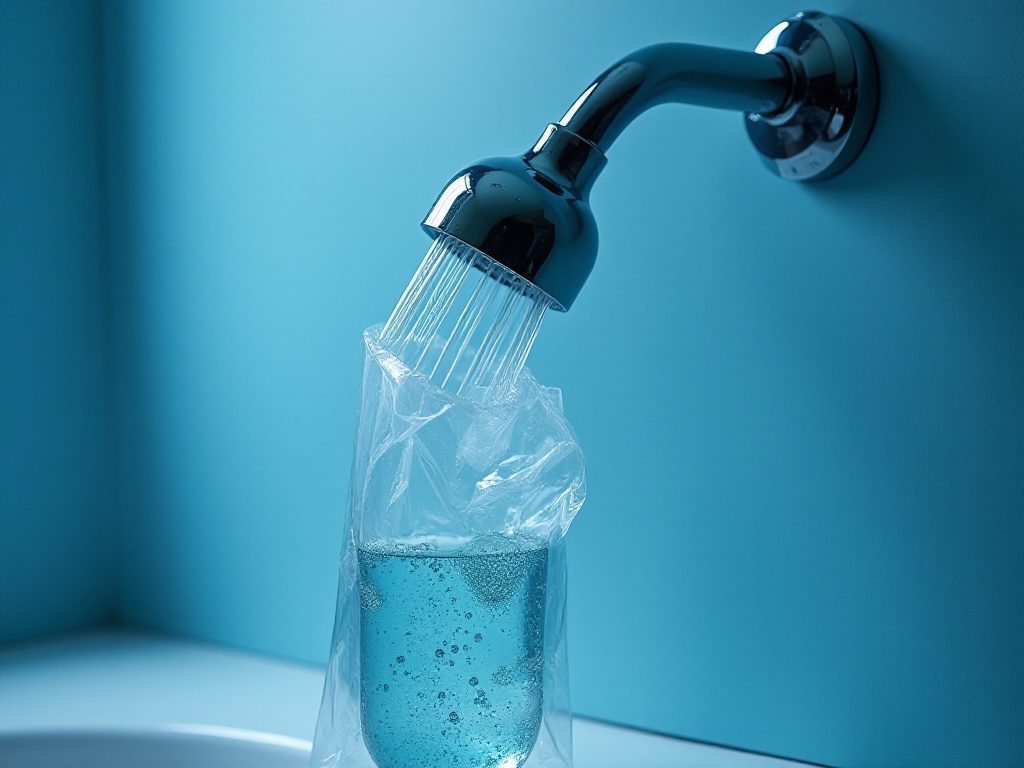
Final Words
These seemingly simple tips can make life well-organized. Through half a year of practice, I've truly felt the improvement in quality of life. If you want to try too, you might start with the one you're most interested in and gradually develop it into a habit.
Change doesn't have to happen overnight; the most important thing is persistence. Everyone's lifestyle is different; the key is finding the method that suits you best. I believe that as long as you persist, you can definitely find your own life rhythm.
By the way, do you have any tips that make life more convenient? Welcome to share in the comments - maybe we can learn more practical methods from each other. Everyone's experience is unique, and through exchange, we can discover more ways to make life beautiful.
Next
Life Hacks: 50 Home Living Tips You Might Not Know About to Make Your 2025 Easier and More Fun
A comprehensive guide exploring life hacks, their core definition, and practical applications in household management and daily life optimization, offering accessible methods to improve efficiency and solve everyday challenges
Super Practical Home Tips I've Summarized from 1,000 Life Hacks - Easy to Learn
A systematic exploration of life hack categories and applications, covering daily convenience techniques, household cleaning, kitchen food preparation, analyzing their cost-effective characteristics and distribution across various platforms
These Super Practical Home Management Tips Will Boost Your Life Efficiency by 300%
A comprehensive guide to practical life hacks covering home organization, food preservation, and cleaning maintenance, including storage solutions, food saving methods, and daily cleaning tips for improving home life quality and efficiency
Next

Life Hacks: 50 Home Living Tips You Might Not Know About to Make Your 2025 Easier and More Fun
A comprehensive guide exploring life hacks, their core definition, and practical applications in household management and daily life optimization, offering accessible methods to improve efficiency and solve everyday challenges

Super Practical Home Tips I've Summarized from 1,000 Life Hacks - Easy to Learn
A systematic exploration of life hack categories and applications, covering daily convenience techniques, household cleaning, kitchen food preparation, analyzing their cost-effective characteristics and distribution across various platforms
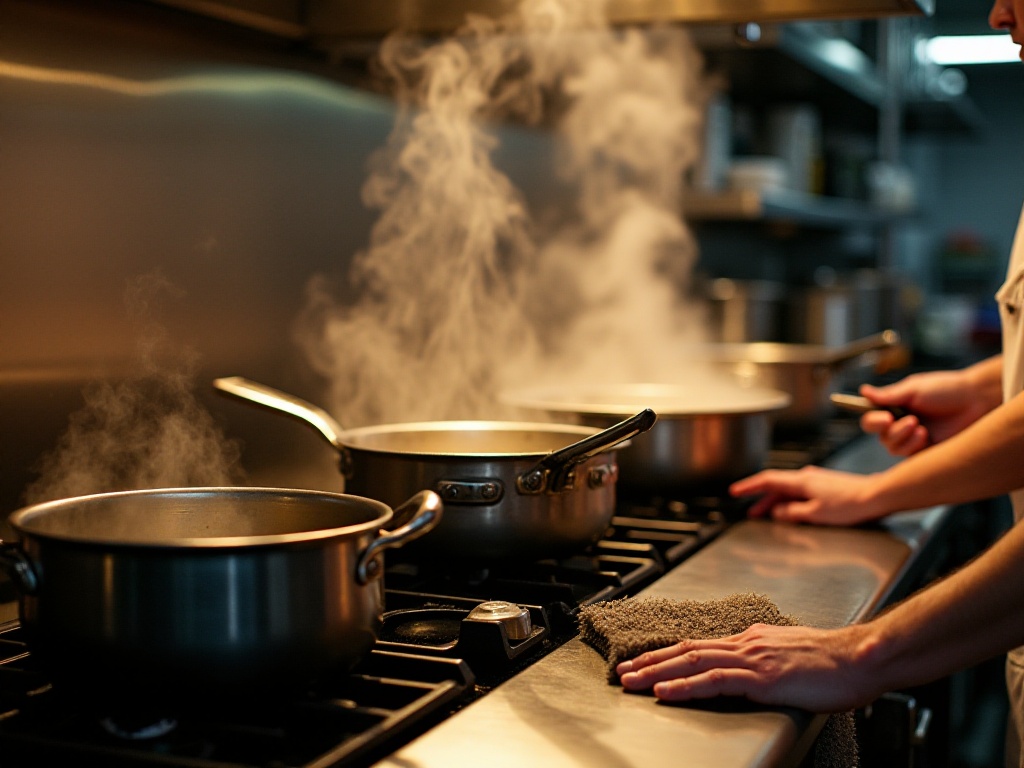
These Super Practical Home Management Tips Will Boost Your Life Efficiency by 300%
A comprehensive guide to practical life hacks covering home organization, food preservation, and cleaning maintenance, including storage solutions, food saving methods, and daily cleaning tips for improving home life quality and efficiency

